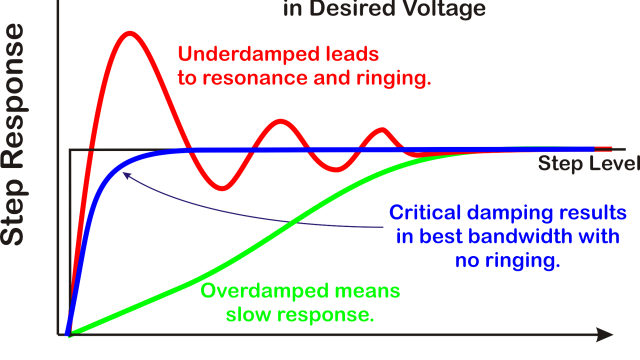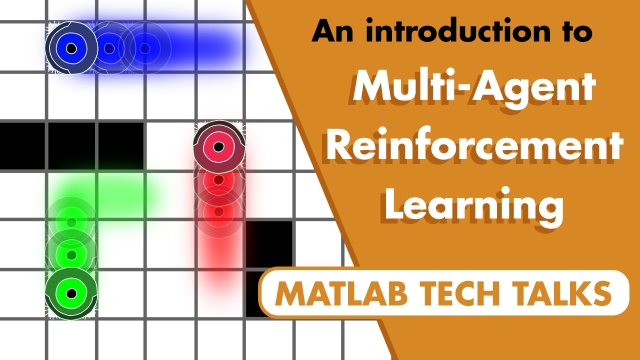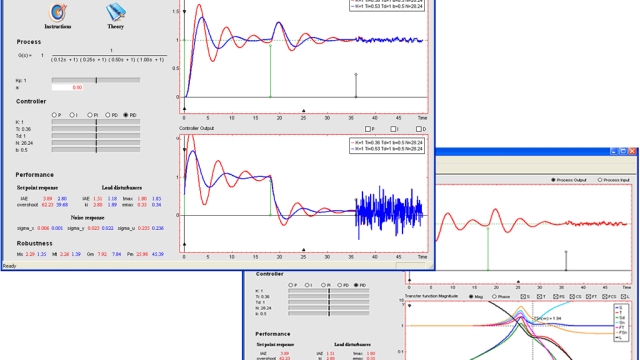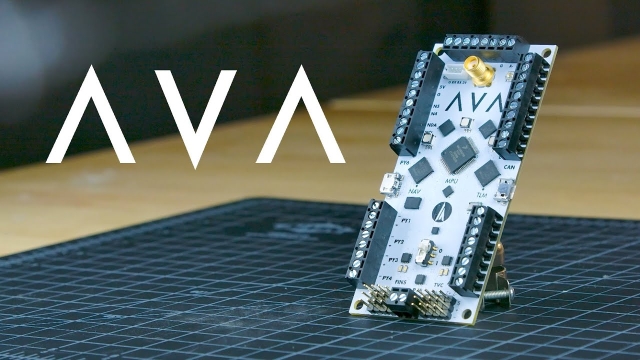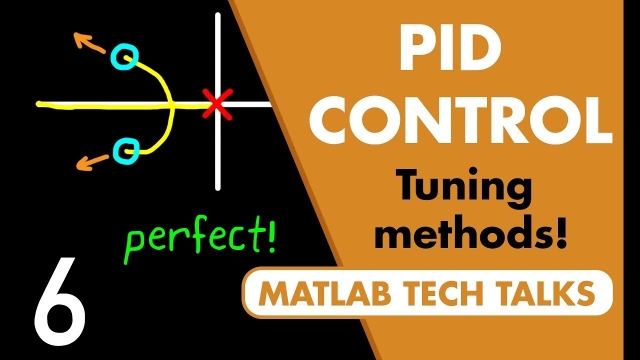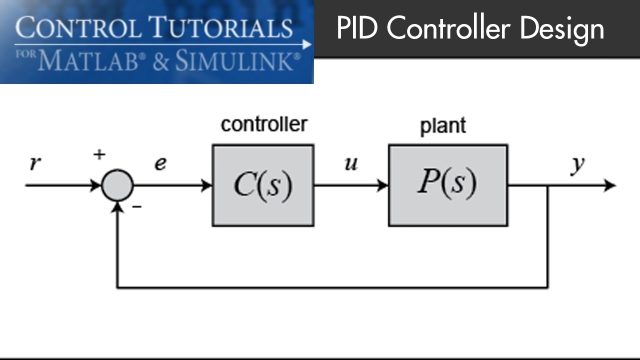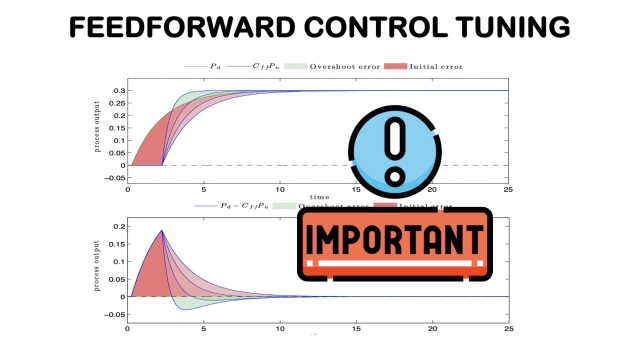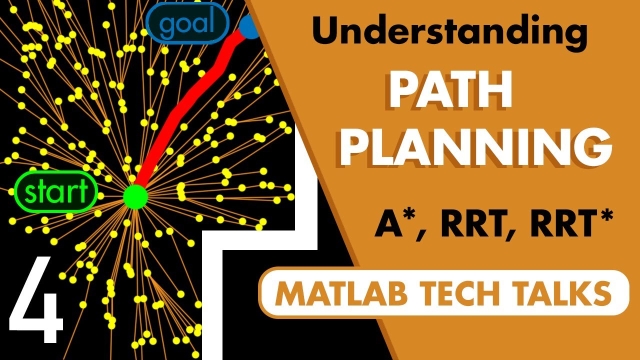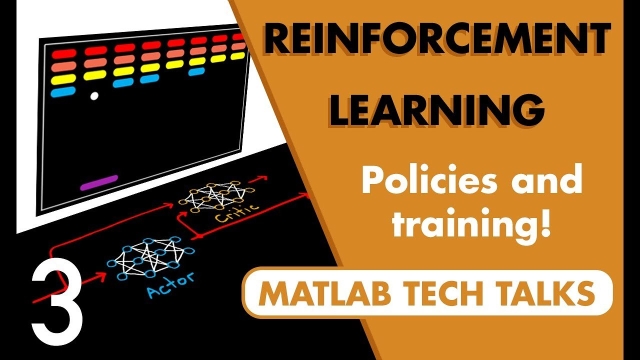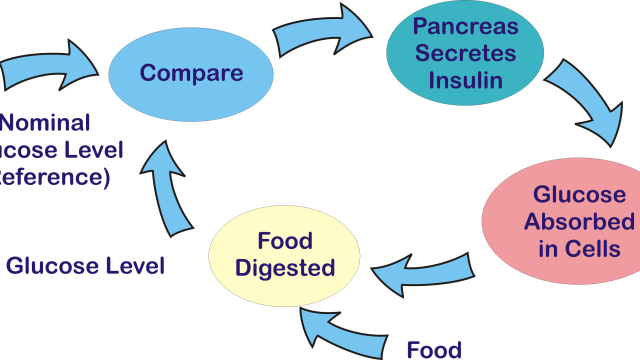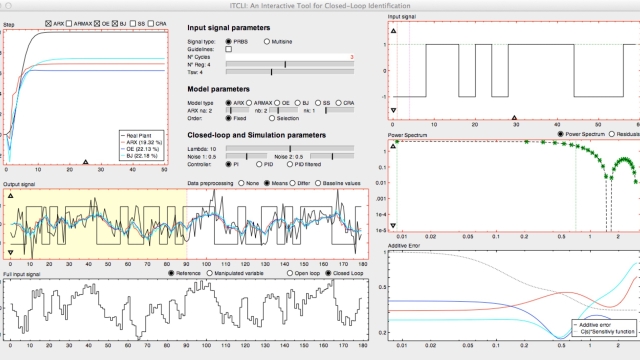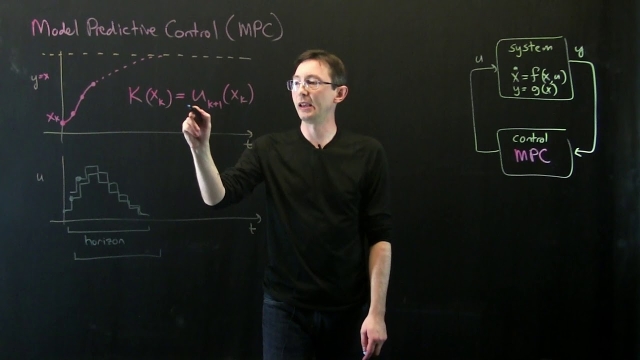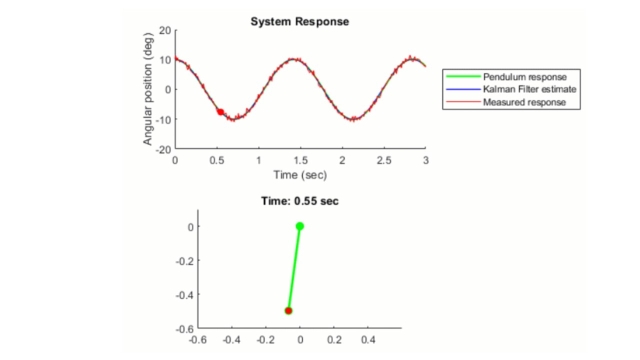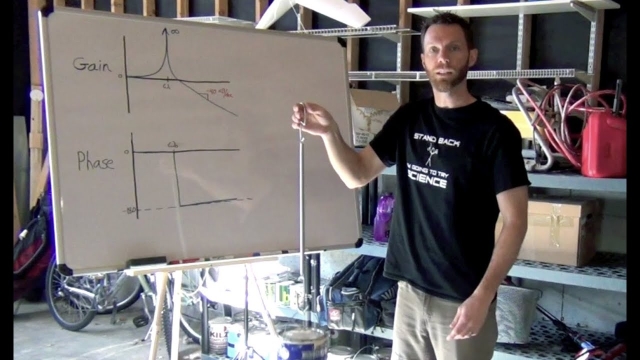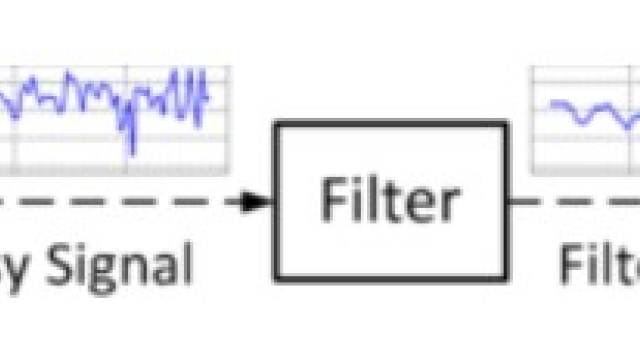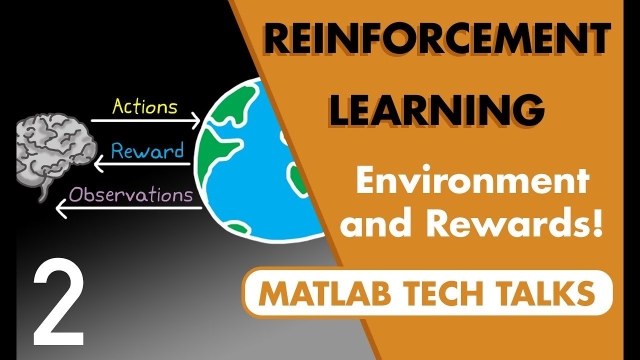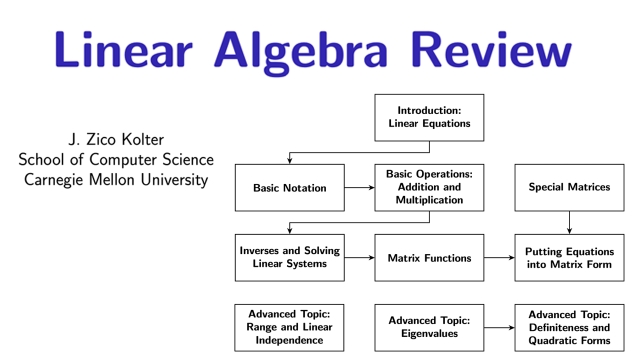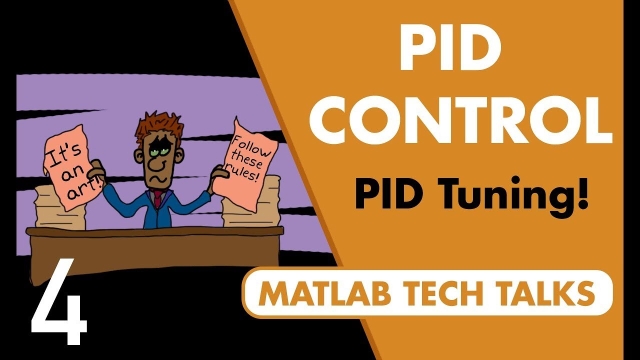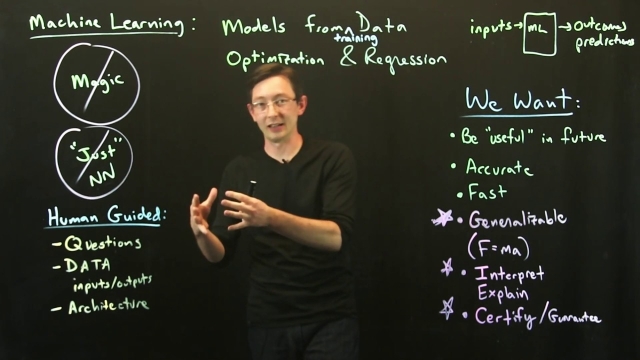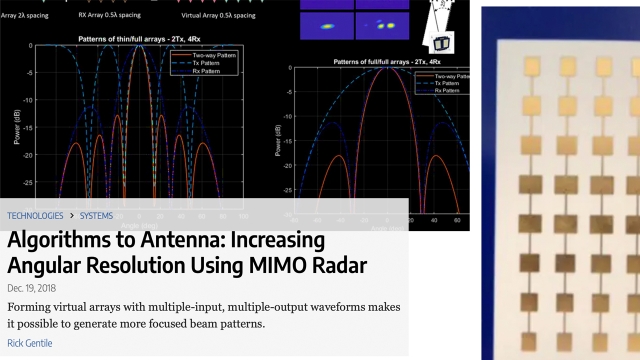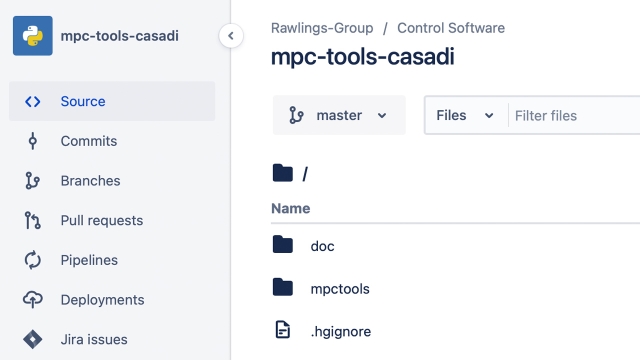
Type
Experience
Scope
Introducing Feedback Control to Middle and High School STEM Students, Part 2...
This paper was presented at the 2019 IFAC Advances on Control Education Conference (IFAC-ACE), Philadelphia, PA, USA, July 7-9, 2019, and is in the conference proceedings. This paper aims at...
See MoreModeling Physical Systems, An Overview
This video sets the stage for the topics that I want to cover over the next month or two. This is an overview of how you go from a physical system to a linear model where you can design a...
See MoreFMCW Radar for Autonomous Vehicles | Understanding Radar Principles
Watch an introduction to Frequency Modulated Continuous Wave (FMCW) radar and why it’s a good solution for autonomous vehicle applications. This demonstration will show how FMCW radar can...
See MoreAn Introduction to Multi-Agent Reinforcement Learning
Learn what multi-agent reinforcement learning is and some of the challenges it faces and overcomes. You will also learn what an agent is and how multi-agent systems can be both cooperative...
See MoreInteractive Tool for PID understanding
The module PID Basics is designed to explore the properties of a simple feedback loop by showing the time and frequency responses of a closed-loop system and demonstrating how these...
See MoreThe AVA Flight Computer
This video describes the board design, hardware architecture, and software components of the All Vehicle Avionics (AVA) flight computer that was designed by Joe Barnard of BPS Space. This...
See MoreUnderstanding PID Control, Part 6: Manual and Automatic Tuning Methods
The previous video showed three different approaches to developing a mathematical model of your physical system. Now that we have this model, we can use it to tune a PID controller that will...
See MoreIntroduction: PID Controller Design
In this tutorial we will introduce a simple, yet versatile, feedback compensator structure: the Proportional-Integral-Derivative (PID) controller. The PID controller is widely employed...
See MoreAdvances in feedforward control for measurable disturbances
The efficient compensation of load disturbances is one of the most important tasks in any control system. Most industrial processes are affected by disturbances and only feedback is commonly...
See MoreAutonomous Navigation, Part 4: Path Planning with A* and RRT
This video explores some of the ways that we can use a map like a binary occupancy grid for motion and path planning. We briefly cover what motion planning means and how we can use a graph...
See MoreReinforcement Learning for Engineers, Part 3: Policies and Learning Algorith...
This video provides an introduction to the algorithms that reside within the agent. We’ll cover why we use neural networks to represent functions and why you may have to set up two neural...
See MoreIntroducing Feedback Control to Middle and High School STEM Students, Part 1...
This paper was presented at the 2019 IFAC Advances on Control Education Conference (IFAC-ACE), Philadelphia, PA, USA, July 7-9, 2019, and is in the conference proceedings. This paper aims at...
See MoreITCLI: An Interactive Tool for Closed-Loop Identification
The Interactive Tool for Closed-Loop Identification (ITCLI) is an interactive software tool for understanding SISO closed-loop identification using prediction-error techniques. The tool...
See MoreModel Predictive Control
This lecture provides an overview of model predictive control (MPC), which is one of the most powerful and general control frameworks. MPC is used extensively in industrial control settings...
See MoreKalman Filter Virtual Lab
The Kalman Filter virtual laboratory contains interactive exercises that let you study linear and extended Kalman filter design for state estimation of a simple pendulum system. The virtual...
See MoreSystem Identification Methods
System Identification is the process of determining the model or the equations of motion for your system. This is incredibly important because basing a control system design off of a bad...
See MoreIntroduction to Noise Filtering
Introduction to filtering - moving average, first-order, anti-aliasing, set point softening
See MoreReinforcement Learning for Engineers, Part 2: Understanding the Environment ...
In this video, we build on our basic understanding of reinforcement learning by exploring the workflow. We cover what an environment is and some of the benefits of training within a...
See MoreDiscrete Fourier Transform
The discrete Fourier transform, or DFT, is the primary tool of digital signal processing. The foundation of the product is the fast Fourier transform (FFT), a method for computing the DFT...
See MoreLinear Algebra Review
This short course is a quick review of linear algebra, intended for students who have already taken a previous course in linear algebra or have some experience with vectors and matrices. The...
See MoreTinyEKF: Lightweight C/C++ Extended Kalman Filter with Python for prototypin...
TinyEKF is a simple C/C++ implementation of the Extended Kalman Filter that is general enough to use on different projects. In order to make it practical for running on Arduino, STM32, and...
See MoreUnderstanding PID Control, Part 4: A PID Tuning Guide
It can be difficult to navigate all the resources that promise to explain the secrets of PID tuning. Some proclaim that PID tuning is an art that requires finesse and experience, while...
See MoreArtificial Intelligence
This lecture discusses artificial intelligence (AI) in the context of data science and machine learning.
See MoreAlgorithms to Antenna: Increasing Angular Resolution Using MIMO Radar
Articles in Microwaves & RF that talks about how forming virtual arrays with multiple-input, multiple-output waveforms makes it possible to generate more focused beam patterns.
See MoreMPCTools: Nonlinear Model Predictive Control Tools for CasADi (Python Interf...
This Python package is a collection of model predictive control tools that build on CasADi by providing a simpler interface. Along with the python package, there are a bunch of example files...
See More
